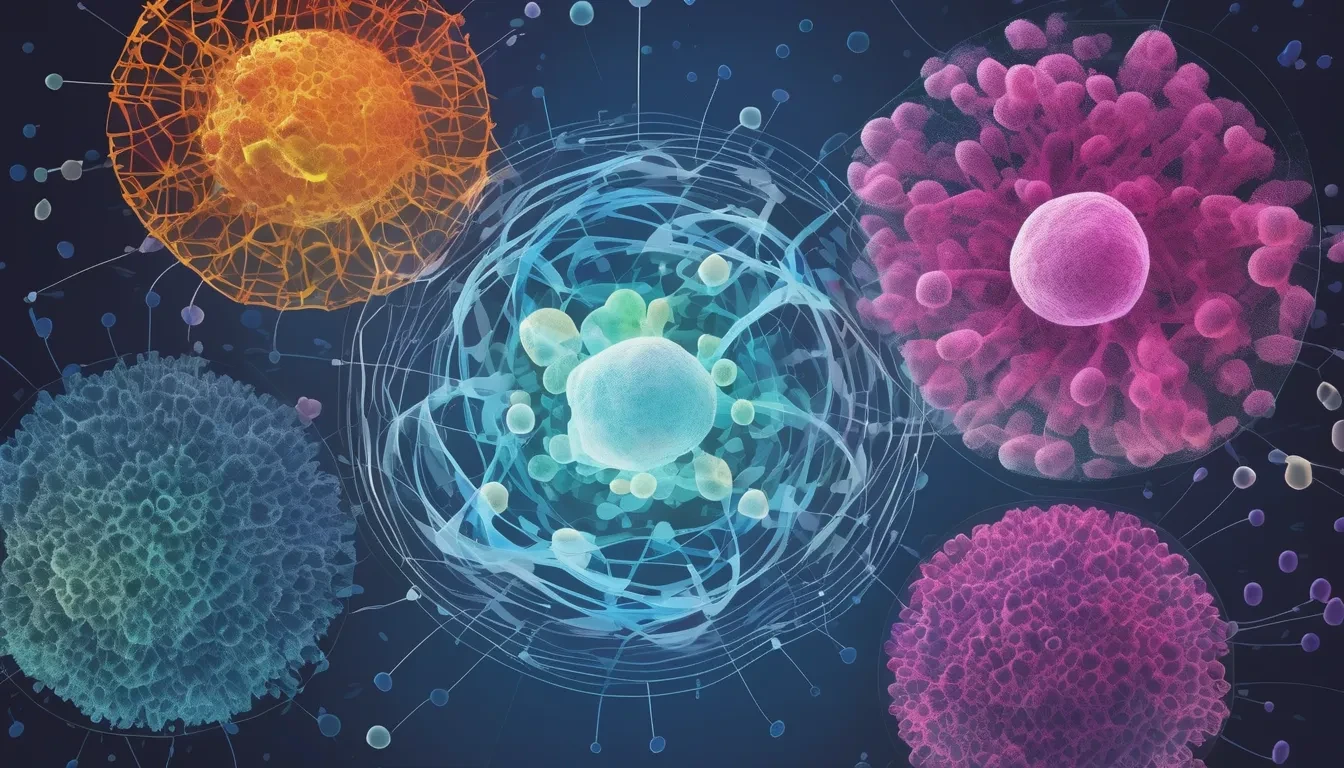Single-cell transcriptomics has revolutionized neuroscience by enabling the study of gene expression at an unprecedented resolution. However, brain tissue poses unique challenges for single-cell RNA sequencing (scRNA-seq) due to the presence of delicate and complex cellular structures. In response, single-nuclei RNA sequencing (snRNA-seq) has emerged as an alternative, allowing researchers to profile gene expression without the need for intact cells. This article explores the fundamental differences between these approaches, their respective advantages and limitations, and their applicability in brain research.

